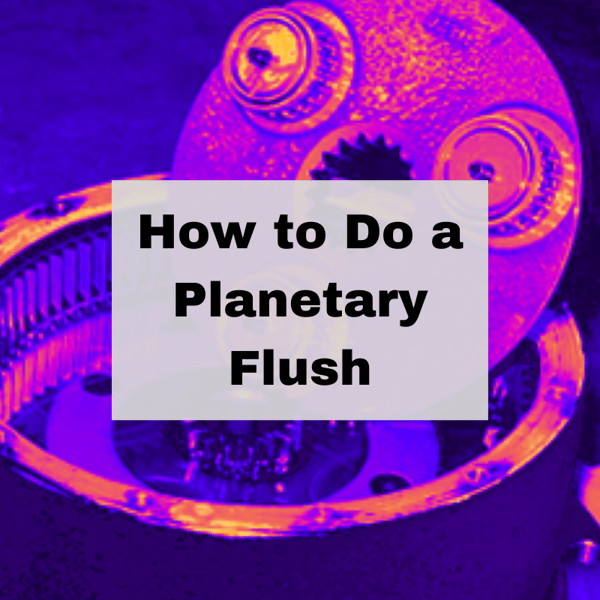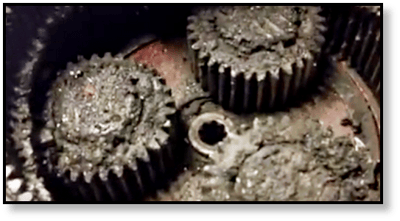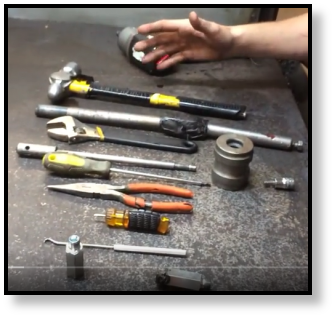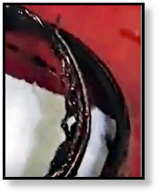In an earlier post on restoring flood-damaged equipment, we made reference to performing a planetary flush on your drive. In this blog post, we'll talk about what it is, how it works, and why it's important to use non-chlorinated brake cleaner.

Here are a few other Shop Talk blog posts you might find helpful:
- Water Contamination: Ingression, Removal, and Prevention
- 6 Sure Ways to Sabotage Your Final Drive
- How to Flush Your Hydraulic System
What is a Planetary Flush?
The purpose of a planetary flush, as the name implies, is to thoroughly flush all contamination out of the planetary hub on your final drive motor. This can include water, mud, and other flood debris. If these contaminants are flushed out, they will harm your final drive.
Why a Planetary Flush is Important

This is the last thing you want to see inside your planetary hub.
The presence of water will compromise the performance of the gear and lead to corrosion and accelerated wear. As corrosion develops, chips and flakes or rust will begin to break off. They'll join the tiny metal particles that break off during wear, leading to a ton of particulate contamination and a destructive cycle of damage. Mud and other debris that may have made their way inside cause similar problems: rust and accelerated wear. The end result can be worn out gears, splines, and bearings -- all of which are very expensive to replace.
What You'll Need
Here's a quick checklist of what you need:
- Tools to remove the cover from the final drive
- Non-chlorinated brake cleaner
- Access to pressurized air
- Gear oil
Some final drive covers are tricky to remove, such as KYB final drives you might find on a Kubota machine.

Here are some of the tools typically needed to remove a KYB cover plate.
How to Perform a Planetary Flush
Here are the basic steps involved:
- Remove the cover plate
- Using a non-chlorinated brake cleaner, spray out as much oil as possible
- Use a pressurized air tool to blow everything out of the planetary hub and dry the gears
- Fill the planetary with your normal gear oil
- Run the drive motor for 10 - 15 hours
- After the 10 - 15 hours have passed, change out the gear oil
- Resume normal use
Non-Chlorinated Brake Cleaner
It is extremely important that you use a non-chlorinated brake cleaner. The seals used inside the planetary hub don't play well with chlorine. If you use a brake cleaner that does have chlorine in it, it can destroy the seals. This leads to leaks, more contamination, and other serious problems--and you never want your seals coming apart inside any type of equipment.

The aftermath of this kind of seal failure can be expensive
And at a minimum, the chlorine will damage the seals and shorten their useful life. Just keep in mind that non-chlorinated brake cleaners tend to be much more flammable than their chlorinated counterparts.
Conclusion
If your equipment has been damaged by a flood and you have reason to believe the drive motors were submerged, we highly recommend a planetary flush. It takes some effort and some time, but reduces the possibility of the planetary hub of your final drive motor wearing out way too soon because of contamination within.


